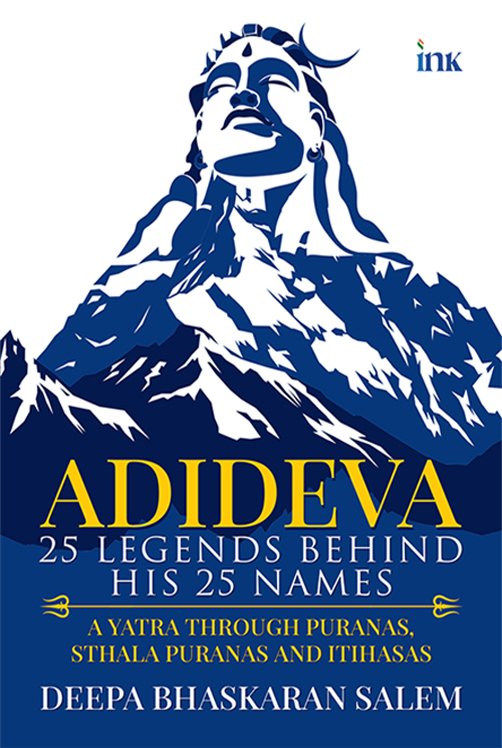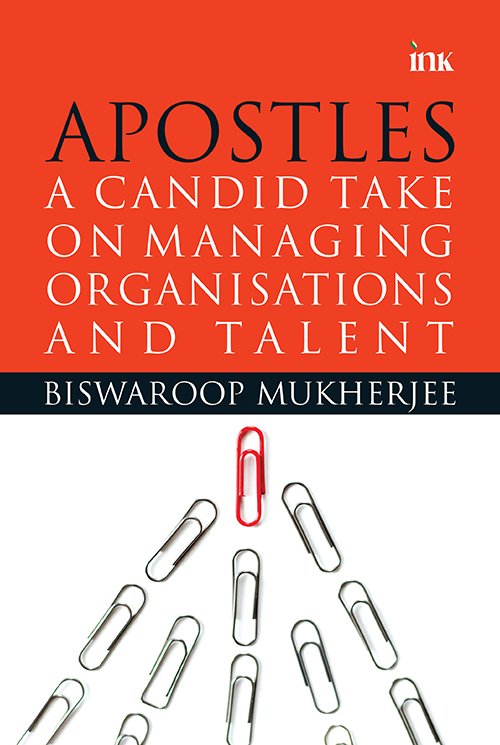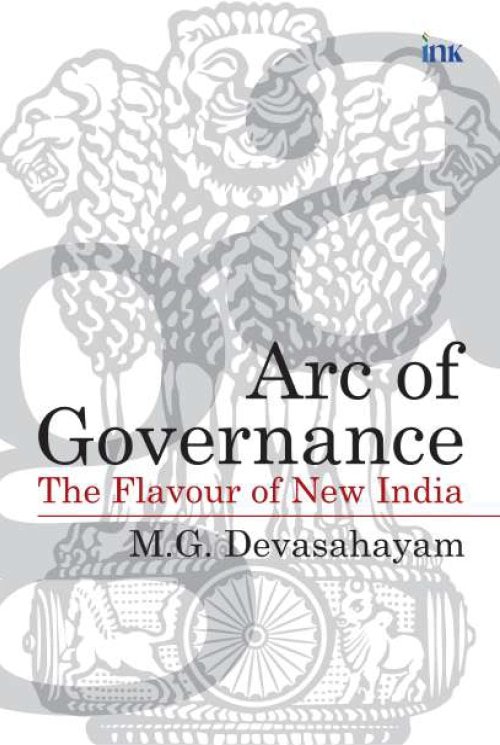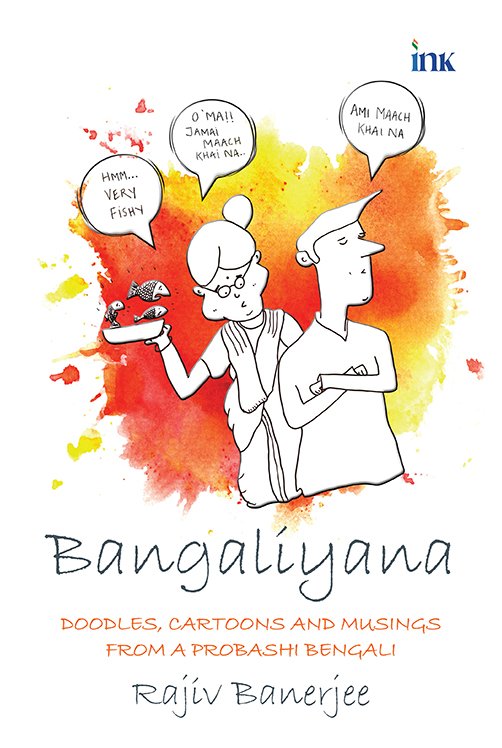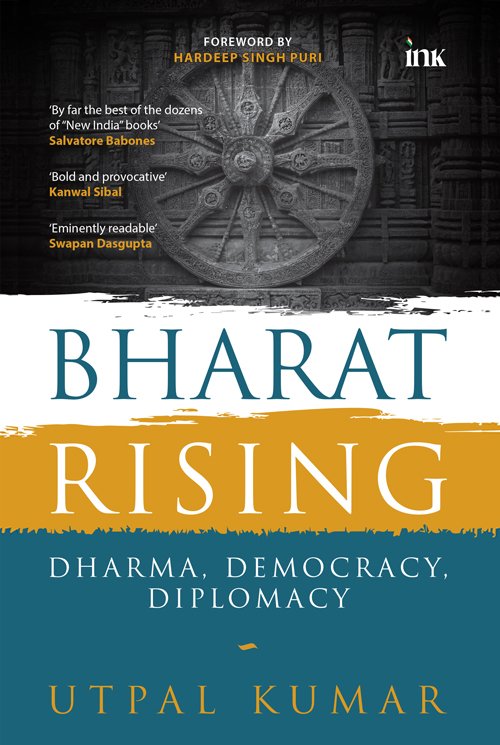The word ‘Bangaliyana’ roughly means ‘the Bengali way of life’. Bangaliyana, the book, is a delightful look at the author’s experience of life through his doodles and cartoons. Each page is infused with the vibrant spirit of Bengali culture, cuisine, and language from the author’spoint of view.
Being a probashi Bengali, the author straddles the ‘native’ and the ‘cosmopolitan’ effortlessly and shares a unique perspective of the intersection by blending personal anecdotes with humour. The heart of the book beats with humour because of a delightful medley of doodles and cartoons. Over the span of the last decade, the author, a self-taught cartoonist, dedicated most of his weekends cartooning. Among numerous cartoons he created during this period, his exploration of Bengalis and Bangaliyana filled one of his sketchbooks up to the brim. It was within those pages that the seed of inspiration for this book took roots.
The book defies being pigeonholed into a single genre. It is part memoir and part short story/humour. While everyday situations have provided a rich repository of ideas for the sketches, the book also captures moments of nostalgia from the author’s growing-up years. It allowed him to dig deep into his memory bank to fish out stories that most probashis will instantly relate to. Bangaliyana is not a critique of Bangla or Bengali culture but a tribute to the spirit of a true-blue Bengali. Whether you are a probashi or simply curious about the Bengali way of life, this book promises a heartfelt laugh.



